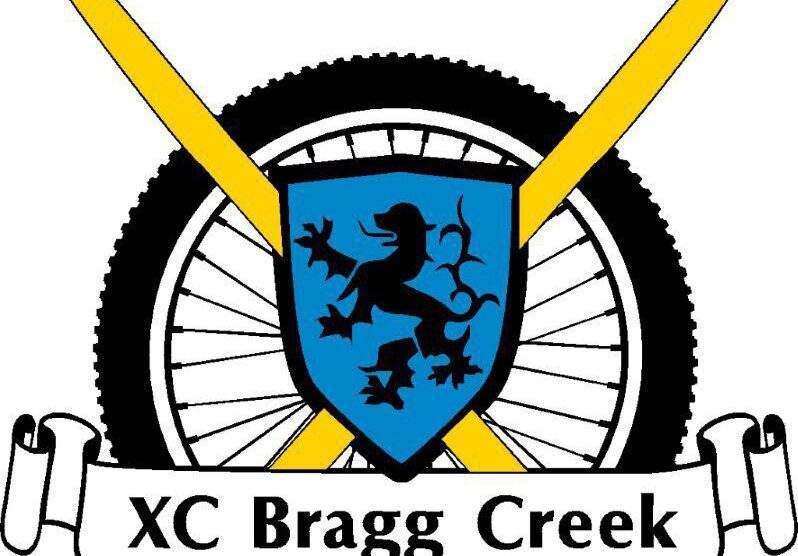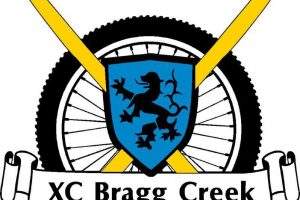XC BRAGG CREEK SKI AND BIKE SOCIETY
A common sight around Canmore, roller skiing is now often seen around Bragg Creek as well, especially on the Trans Canada Trail from the Hamlet to West Bragg Creek and Elk Valley. Ski races are won and lost in the summer and, as with most competitive sports, training in the off-season is just as important as during the season. Summer ski training is often referred to as dryland training and roller skiing is a main part of this training.
The first roller skis appeared in Europe in the mid-1930s and featured one wheel in the front and two in the back. The technique was developed as a form of dryland training, allowing serious cross country skiers to work on their technique during the summer months. Later, the skis were refined to have just two wheels – one in the front and one in the back – and roller skiing has become something of a sport in its own right with the International Ski and Snowboard Federation (FIS) organizing competitions in various countries.
Roller skis are tricky to balance on, so there is a bit of a learning curve and is best done on a smooth, hard surface or on a dedicated roller skiing track, such as that at the Canmore Nordic Centre.
The same boots, bindings and poles, with the basket replaced by a ferrule, essentially a reinforced carbide steel spike moulded into strong plastic, are used. Because roller skiing is done on hard surfaces, and roller skis don’t have brakes, elbow and knee pads are useful to avoid road rash in the event of a fall, and a bike helmet is always worn.
As with cross country skis, there are roller skis for classic and skate style skiing, as well as “combi” skis which may be used for either technique.
Classic style roller skis usually have wide wheels to improve balance and better simulate classic ski technique. The wheel diameter is often less than 75mm to reduce the overall weight of the roller skis. A ratchet mechanism is installed in either the front or rear wheel of each classic roller ski to allow uni-directional travel and simulate propulsion from classic ski strides on snow.
Skate roller ski wheels are usually 24mm wide with a wheel diameter of 100mm. Pneumatic roller ski wheels are also available and can be used on rougher terrain. Pneumatic roller ski wheels have significantly greater diameter than non- pneumatic roller ski wheels. Both wheels on skate roller skis are free-rolling.
The wheelbase of classic roller skis is typically at least 700mm while skate roller skis generally have a wheelbase of around 610mm.
Roller skis may be made of many different materials depending on the manufacturer and model. Wood was originally used, though this has now mostly been replaced by aluminum, fibreglass, kevlar, carbon fibre or a combination of these materials.

In July, two XCBC club members – Poppy Trainor and Ian Thomson – took part in a week-long ski training camp in Kaslo, located on Kootenay Lake, BC. The camp was attended by about eighty skiers from a handful of clubs from British Columbia and Alberta. Training was a mix of roller skiing, running, strength training and some hiking and biking. To accommodate the very hot weather they trained early in the morning and late in the afternoon, with frequent dips in the lake during the middle of the day.


























